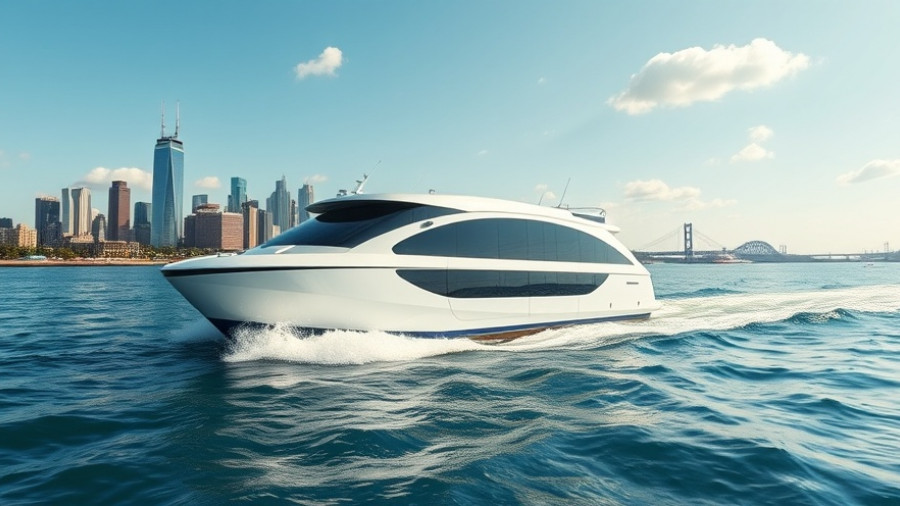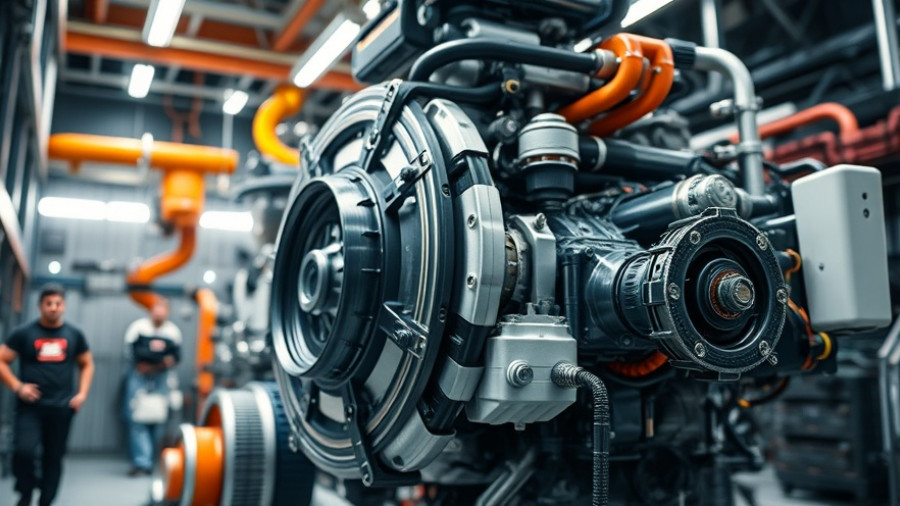
Admiral Eric C.Jones: A Convergence of Leadership and Education
The landscape of maritime education in the United States is witnessing a significant transformation with the appointment of Rear Admiral Eric C. Jones, USCG, Ret., as the superintendent of the newly formed Cal Poly Maritime Academy. This development is not just an administrative change; it represents the merging of established educational frameworks aimed at producing qualified maritime professionals for the shipping industry.
The Significance of the New Cal Poly Maritime Academy
Previously known as California State University Maritime Academy, the Cal Poly Maritime Academy aims to enhance the educational experience for aspiring maritime professionals. By merging with Cal Poly, the academy seeks to leverage the resources and educational methodologies of one of California's premier universities, promising a richer curriculum that emphasizes both academic rigor and practical training. This partnership will integrate high-level maritime training with cutting-edge educational techniques, placing Cal Poly Maritime Academy at the forefront of maritime education on the West Coast.
A Legacy of Service: Eric C. Jones's Background
Admiral Jones comes with a robust portfolio shaped by over 35 years of service in the U.S. Coast Guard, where he held critical leadership positions including assistant commandant for human resources. His vast experience not only encompasses logistical and operational oversight but also crisis management duties during significant events such as Hurricanes Dorian, Irma, and Maria, and the COVID-19 pandemic. Jones's history of collaboration among various federal and state agencies speaks volumes about his leadership skills, making him a prime candidate to guide the academy towards its developmental goals.
Preparing Future Maritime Leaders
The responsibilities of the new superintendent extend beyond academics. Admiral Jones will oversee essential operations linked to the academy’s training vessels, including the much-anticipated fifth National Security Multi-Mission Vessel (NSMV) training ship. This vessel is crucial for hands-on training, allowing cadets to gain vital maritime experience. With practical experience combined with rigorous academics, graduates of Cal Poly Maritime Academy will be well-prepared to meet the demands of a rapidly evolving maritime industry.
Impact on the Maritime Industry
The significance of a well-trained maritime workforce cannot be overstated. As global trade continues to expand, the need for skilled mariners is increasing. Cal Poly Maritime Academy aims to address that demand, producing graduates equipped to handle the complexities of modern shipping operations. Admiral Jones's leadership will certainly play a pivotal role in shaping not just the academy's curriculum but also the future of maritime education in the region.
Looking Ahead: Trends in Maritime Training
As the maritime industry evolves, so must the educational approaches of institutions like Cal Poly Maritime Academy. The convergence of technology and maritime operations, such as advances in automation and environmental regulations, necessitates a curriculum that is adaptable and progressive. Cal Poly is poised to meet these challenges head-on under Admiral Jones’s direction, ensuring that its graduates are not just participants in the maritime field but leaders ready to navigate the industry's future.
In conclusion, the formation of the Cal Poly Maritime Academy under the leadership of Rear Admiral Eric C. Jones marks a pivotal moment for maritime education on the West Coast. It reflects a commitment to excellence, preparing future generations of maritime professionals who will undoubtedly influence the global shipping landscape. Stay engaged with developments from the academy as this new chapter unfolds.
 Add Row
Add Row  Add
Add 




Write A Comment